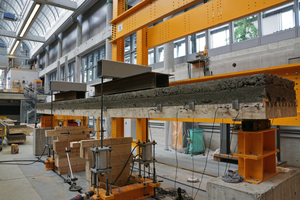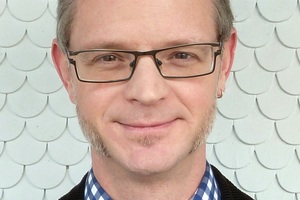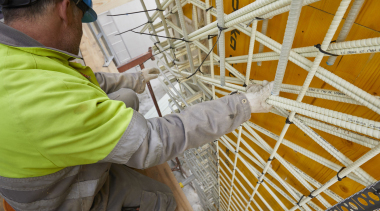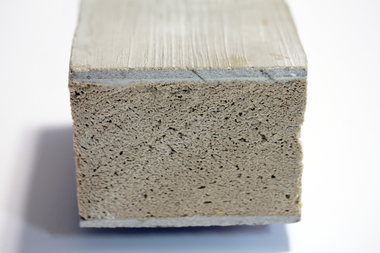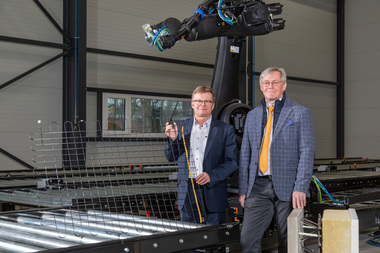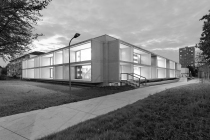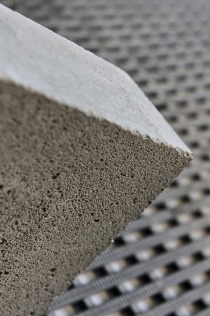Sawdust instead of gravel and sand
The “WooCon” research project – financed by the Swiss National Science Foundation as part of the National Research Program 66 “Resource Wood” and by the University of Applied Sciences and Arts of Western Switzerland, and also developed in collaboration with industrial partners – studied the development of fundamentals for new structural members made of pourable lightweight wood-cement compounds (WCC) and wood. Construction elements of this kind, in addition to their structural function, can contribute to acoustic and thermal insulation.
In combination with their relatively high recyclability, they can offer financial and ecological advantages. Following an introduction on the advantages and disadvantages of wood and wood-concrete composite construction techniques, the speech examines in particular the development and testing of various formulations for pourable WCCs, in view of their suitability as structural building material as well as other properties relevant in construction. Apart from their workability, these include mechanical properties such as density, stiffness, and strength, as well as their long-term behavior, i.e., shrinkage and creep. In addition, attention is focused on properties relevant to dynamic concepts of building physics and protection, such as thermal insulation, thermal storage capacity, and fire protection. With regard to potential thermal recycling, experimental results on combustibility are sketched out. Finally, with a view to the application of WCC in construction practice, the presentation offers a number of results of large-scale load tests performed on structural slab and wall elements. The speech is concluded with an outlook on further aspects of the research project.

